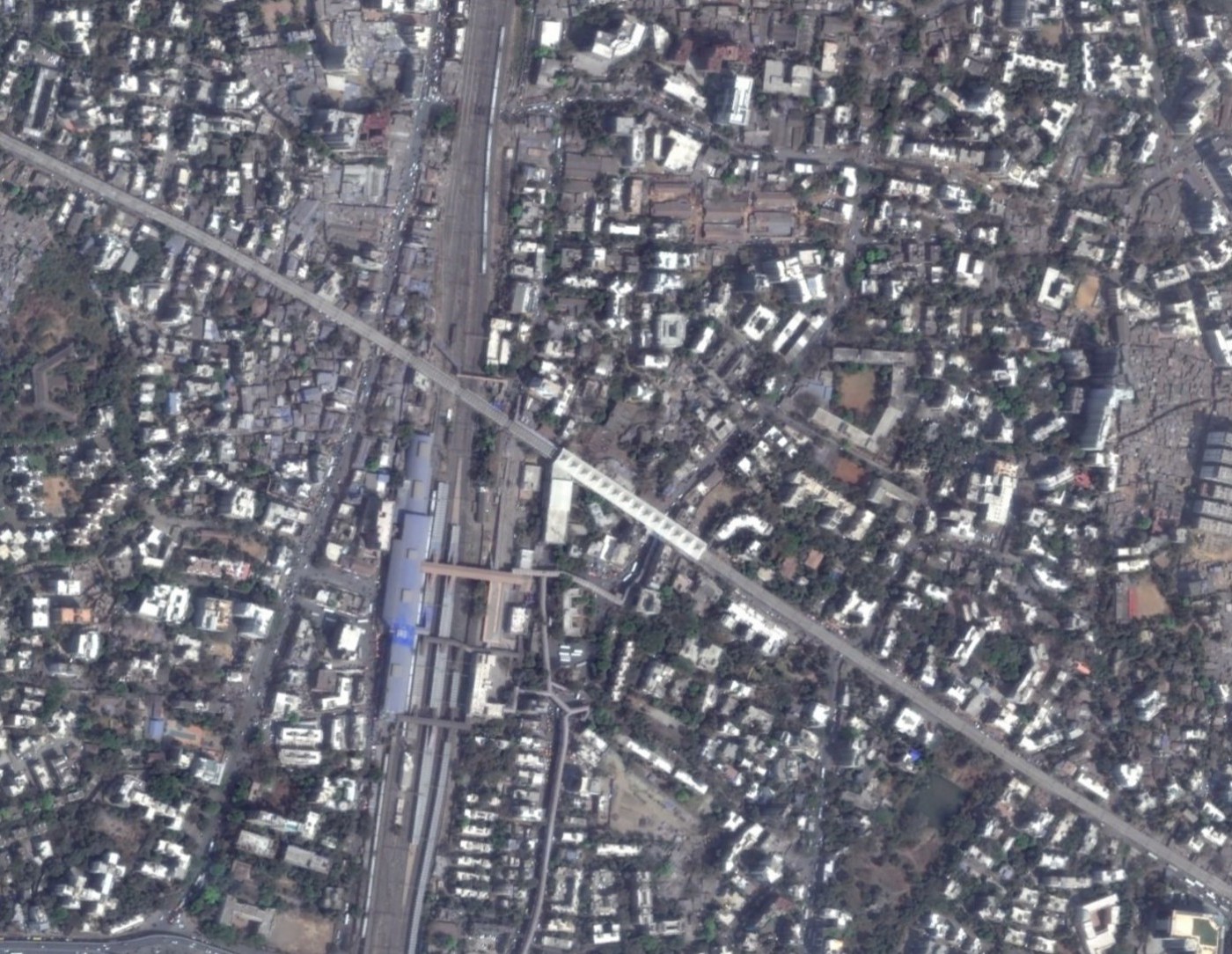30 Cities From 200 Years Ago…And Where They Are Now
+ Patrick Lamson-Hall
The NYU Stern Urbanization Project is working on a stunning new series of animations, showcasing the expansion of 30 global cities over the last 200 years. The animations, created using information from The Atlas of Urban Expansion, clearly show the extremely rapid expansion in global cities in the 19th and 20th centuries. Particularly striking is the growth in the latter half of the 20th century, in which many cities increased their built-up area by more than 10 times.
This is in keeping with the theory of falling density, which holds that as cities have grown bigger and the world has urbanized, densities have been steadily falling. As a result, cities require more urban land per person, meaning total growth in the city area is much greater than population growth.
This work is a critical part of Making Room For Urban Expansion. Cities must develop an awareness of the true impact of population growth and rising GDP on their built-up area in order to make bare minimum preparations for their coming growth.
The animations will be launched at the upcoming World Urban Forum 7, in Medellin, Colombia. The Urbanization Project is also hosting a symposium on its Urban Expansion Initiatives in Ethiopia and Colombia, as well as a launch of the Spanish translation of Shlomo Angel’s book Planet of Cities, in collaboration with Universidad Rosario, the Lincoln Institute of Land Policy, and Cities Alliance. Gregory Ingram, President and CEO of the Lincoln Institute will be presenting recent work on creating an updated Atlas for 2015 at a panel discussion with former NYC Mayor Michael Bloomberg and other guests. Hope to see you there!
In the meantime, here are three sample videos from the series of urban expansion animations. These animations were prepared by IMAGINARIA3D in Quito, Ecuador:

